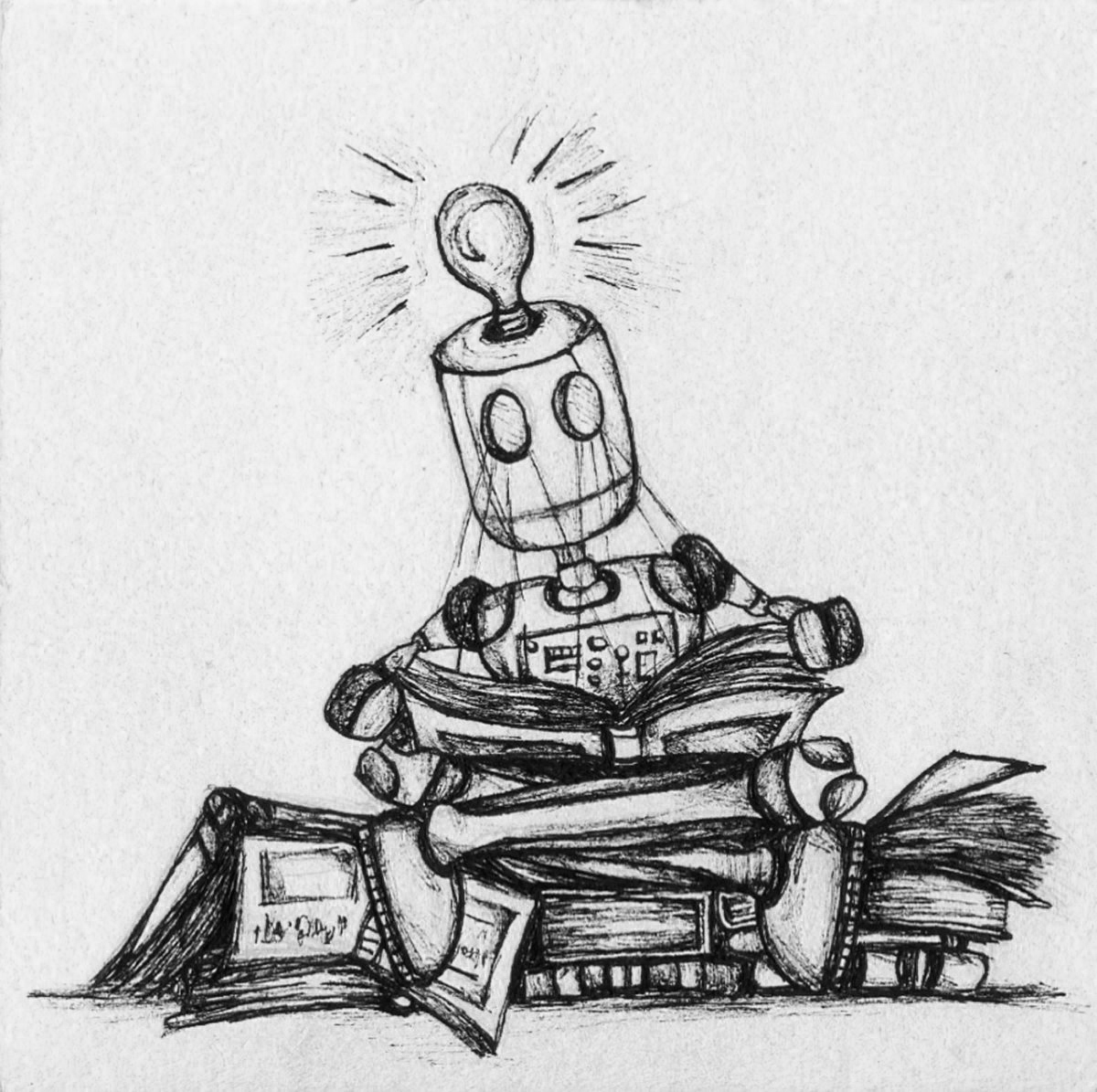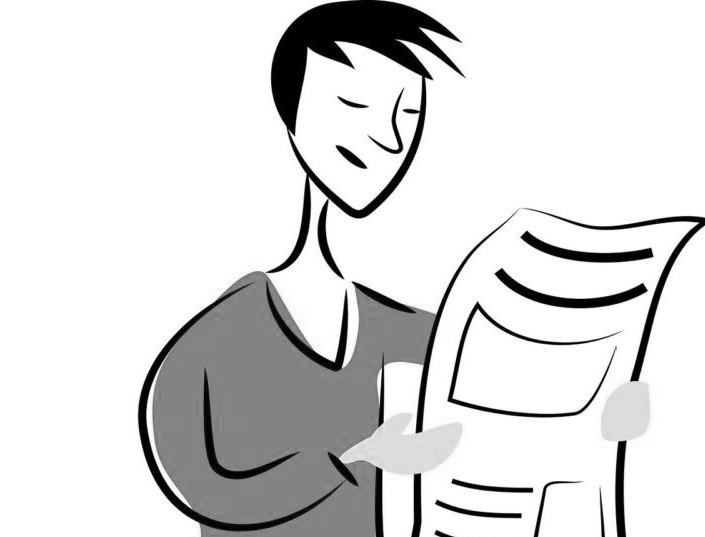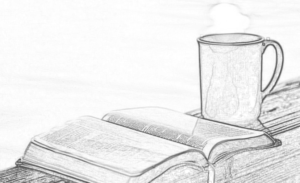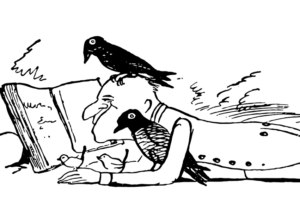The Cobra Pose (Bhujangasana)
The Cobra pose destroys all diseases and increases body heat.
In a Sanskrit language Bhujanga means a cobra hence the name, mostly used in the West. In the Bhujangasana the body is facing downward while the upper body is curling up and back resembling a snake with its head raised ready to strike. This pose is mostly practiced as the first in the series of backward bending asanas followed by Locust and Bow postures.
Before attempting this powerful movement of the Cobra pose the warm up of the muscles of the back is strongly recommended. During holding the pose the legs do not remain passive; they are extended down from the hips. While you start lifting your upper body from the floor be aware of the point where you have extended as far as you can without straining your back. Keep your elbows slightly bent and do not push it up over your zone limit. The best way to check if you are not too high is to take your hands off the floor for a moment so that the height you find will be comfortable and safe.
During Bhujangasana the spine receives a powerful backward stretch which increases flexibility of the spine, strengthens the spine and rejuvenates the spinal nerves. Each vertebra of the spine is given a rich supply of the blood. This posture is excellent tonic for women as it tones the ovaries and uterus and it helps to alleviate the menstrual problems. By regular practice of the Cobra pose the backache can be removed.
Three important reasons not to do the Cobra pose:
1) This asana should not be attempted by pregnant women at all cost.
2) A person suffering from Hernia should not practice this pose.
3) If you have injured your back please, avoid this posture.
Issued in the interest of people practicing Hatha Yoga by Subodh Gupta, Yoga Expert based in London.




